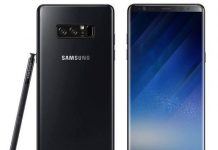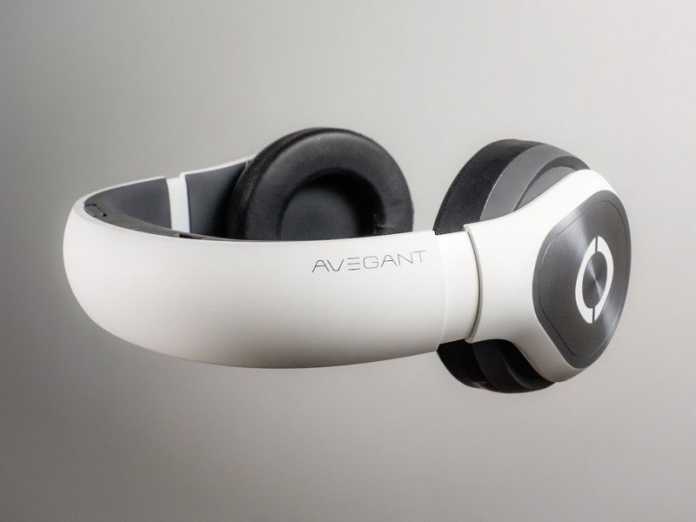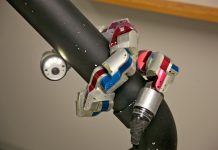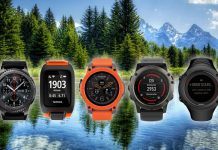The Avegant Glyph looks like just another VR kit trying to compete in the already slightly crowded market. But the story with this particular gadget is of a completely different genre. The Glyph isn’t a VR or AR headset; it’s actually a sort of personal media player, with a twist. It doesn’t have any screen(s) like some 3D head-mounting players which offered 3D movies experience by emitting image from two displays, one for each eye, creating a 3D effect. It has two small projectors that emit the image right on your retinas using DLP (digital light processing) projector technology, projecting the image using micro mirrors that reflect light toward the screen (in this case your retinas). Many projectors in cinemas use DPL.
Avegant Glyph
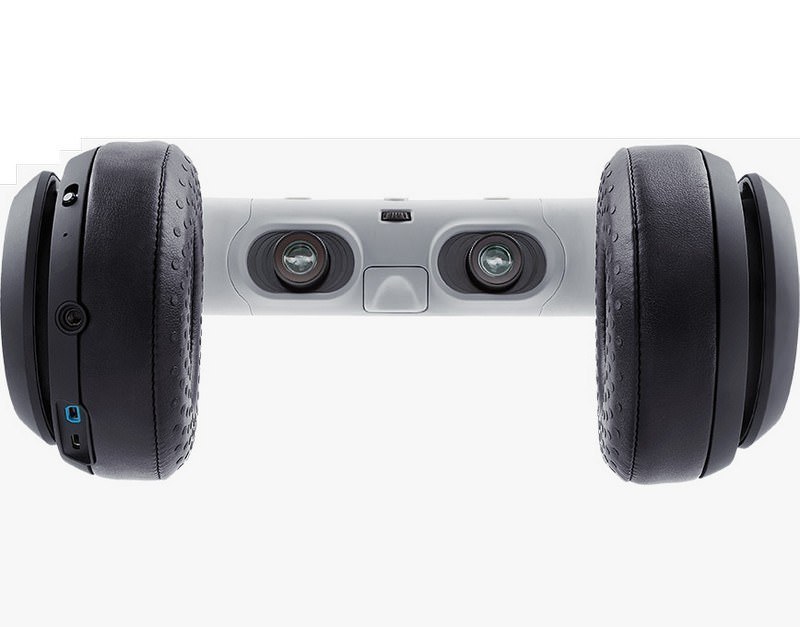
The experience is different than VR. With image coming directly to your eyes you have the feeling of actually seeing the image like it is in front of you. Avegant stated that “The Glyph recreates natural sight—there’s no screen. Avegant’s patented Retinal Imaging Technology uses advanced optics and microscopic mirrors to project images directly to the eyes. It’s more like seeing than watching.” The projecting lenses can be individually shifted and refocused, enabling you to adjust the image for each eye individually.
And while the image projected looks incredibly natural, hi-def (even if projectors have “only” 720p resolution) and vivid, you can still move your eyes and see what’s going on around you, so there’s no feeling of complete isolation, like when using VR headsets. Headphones are also designed with that in mind so, if you don’t max them out, you’ll be able to hear your surroundings.
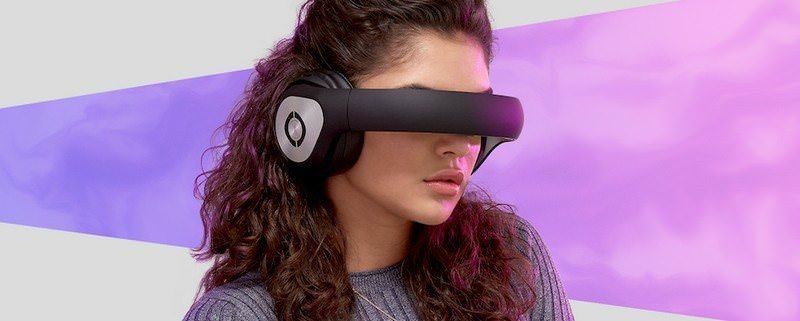
One of the best things about Avegant Glyph is how easy it is to connect it with different devices. It can connect with every device that has output HDMI port like laptops, consoles and such, and with the appropriate adapter, it can be connected to iPhone and iPad via lighting port. USB type C is also supported so newer Android models can also be connected to Glyph. IT’s worth noting that the Glyph won’t work with 3D Blu-ray players because it uses a different way of handling 3D playback. The display part of the device can be moved, if you just want to use Glyph’s headphones, and used like that the Glyph looks like just another pair of (slightly large) headphones.
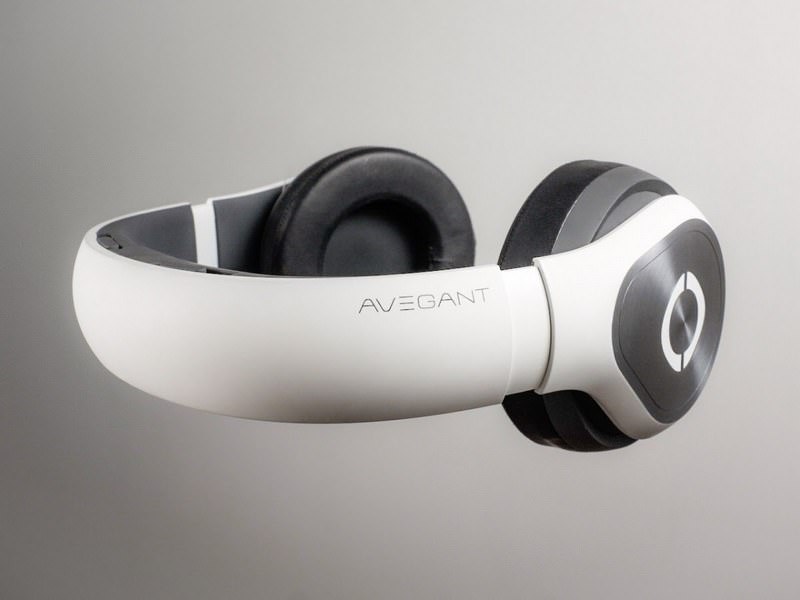
The battery lasts around 4 hours of video playback, and it can be charged via micro-USB cable. You can watch videos, play games, surf the internet, pretty much doing everything that requires a display, but wearing the Glyph for long periods of time (more than a couple of hours) will make it feeling pretty cumbersome. It all seems too good to be true ‘till you learn about the price. The Avegant Glyph costs $699.99 and with that price it is one of the most expensive personal media players you can find, and you can’t even store video files in it, you must connect it to another device to watch videos, or do anything else. Until the price drops, the Avegant Glyph will stay one of those gadgets that amaze you but is too expensive to actually buy. But it’s still pretty cool device by itself.











